Growing Awareness of Energy Independence
The growing awareness of energy independence among businesses is driving the Commercial Micro Inverter Market. Companies are increasingly recognizing the benefits of generating their own electricity through solar energy systems equipped with micro inverters. This shift is motivated by the desire to mitigate energy costs and reduce reliance on traditional power sources. Market analysis indicates that businesses investing in solar energy can achieve substantial savings on energy bills, with some estimates suggesting reductions of up to 30%. As more companies prioritize energy independence, the demand for micro inverters is expected to rise, further propelling the growth of the Commercial Micro Inverter Market.
Rising Energy Costs and Economic Pressures
Rising energy costs and economic pressures are compelling businesses to seek alternative energy solutions, thereby driving the Commercial Micro Inverter Market. As electricity prices continue to escalate, companies are increasingly looking for ways to reduce operational costs. Micro inverters, which facilitate the use of solar energy, present a viable solution to this challenge. Market trends indicate that businesses can achieve a return on investment within a few years by switching to solar energy systems. This financial incentive, coupled with the need to manage energy expenses, is likely to boost the adoption of micro inverters in commercial settings, further stimulating the growth of the Commercial Micro Inverter Market.
Technological Innovations in Inverter Design
Technological innovations in inverter design are significantly influencing the Commercial Micro Inverter Market. Recent advancements have led to the development of more efficient and reliable micro inverters, which can enhance the overall performance of solar energy systems. For instance, the integration of smart technology allows for real-time monitoring and performance optimization, which is crucial for commercial applications. Market data suggests that the efficiency of micro inverters has improved, with some models achieving conversion efficiencies above 95%. This technological progress not only boosts energy production but also reduces maintenance costs, making micro inverters an attractive option for businesses.
Supportive Government Policies and Incentives
Supportive government policies and incentives play a crucial role in the expansion of the Commercial Micro Inverter Market. Many governments are implementing favorable regulations and financial incentives to encourage the adoption of renewable energy technologies, including micro inverters. These policies often include tax credits, rebates, and grants that make solar energy systems more financially viable for commercial entities. Data shows that regions with strong government support for renewable energy have seen a significant increase in solar installations, which directly correlates with the demand for micro inverters. As these supportive measures continue, they are likely to enhance the growth prospects of the Commercial Micro Inverter Market.
Increased Demand for Renewable Energy Solutions
The rising demand for renewable energy solutions is a primary driver for the Commercial Micro Inverter Market. As businesses seek to reduce their carbon footprint and enhance energy efficiency, micro inverters are becoming increasingly popular. This trend is supported by data indicating that the renewable energy sector is expected to grow at a compound annual growth rate of over 10% in the coming years. Micro inverters, which optimize the performance of solar panels, are particularly appealing to commercial entities looking to maximize energy output. The shift towards sustainable energy sources is likely to propel the adoption of micro inverters, thereby expanding the Commercial Micro Inverter Market.


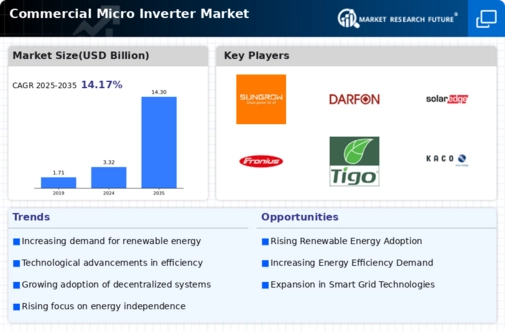

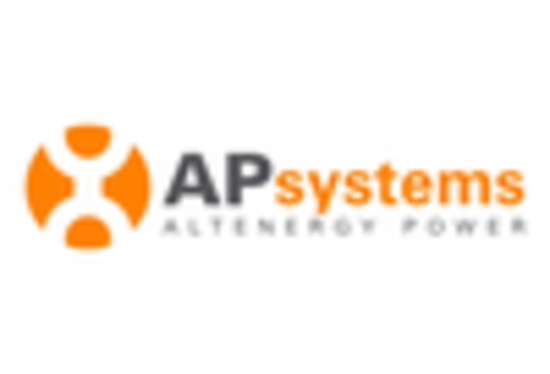
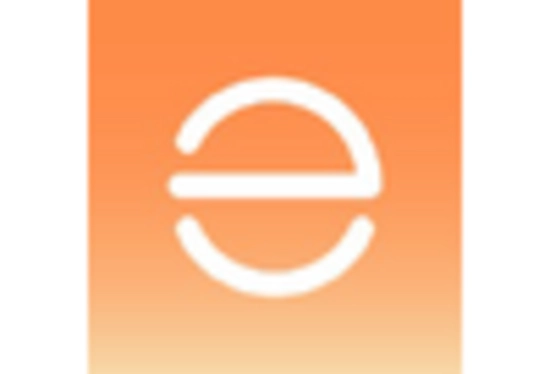
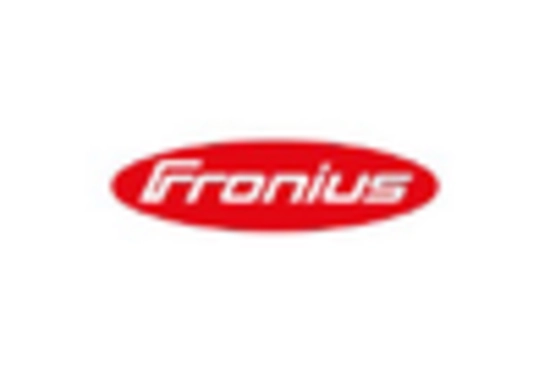

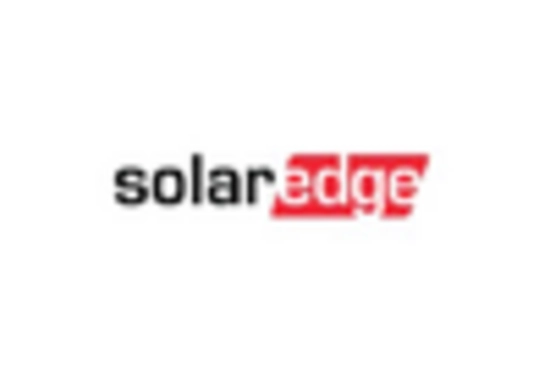









Leave a Comment